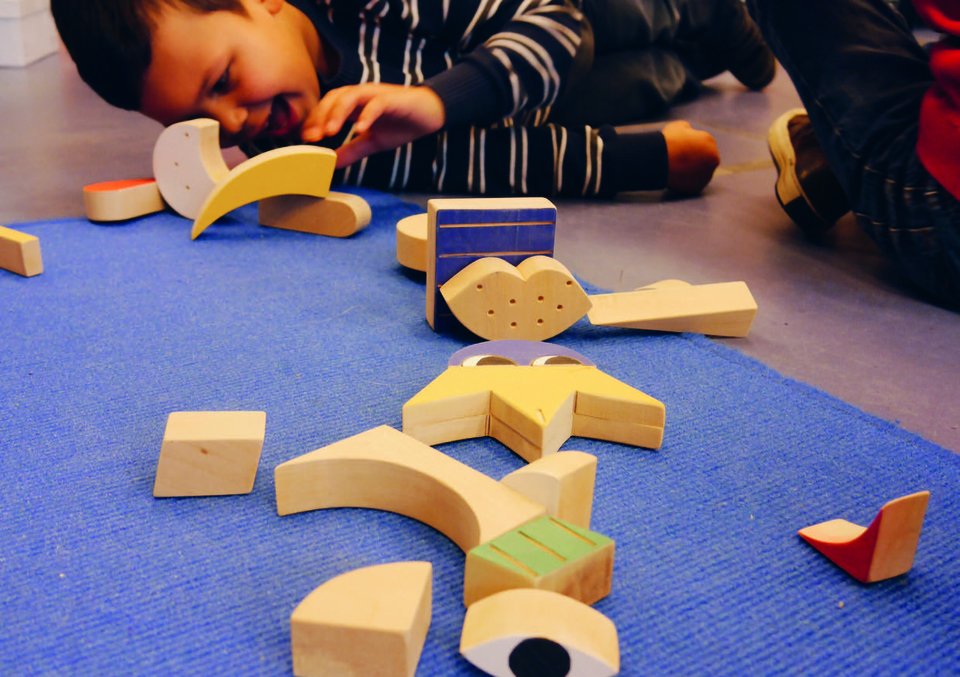Current ventilation systems regulate air quality in homes, which saves energy and reduces CO2. While you can still open windows, you get better air via the system. However, air quality is difficult for humans to sense and interpret. Ventilation systems communicate at best via a panel on the wall. How can you gain a sense of your air quality and feel reassured that a system works as it should?
We demonstrate a new kind of interface to home systems: to support your relationship with your home instead of direct functional operation. Computer artefact Bree's actions are visible at a casual glance and you can put it anywhere in your home. When Bree breathes calmly, this indicates good room air quality. Bree shivers when a window is open while the heating is on, making visible impending decrease in comfort and increase in costs. Bree can facilitate enjoyment of clean air by offering breathing exercises for health benefits. Bree exemplifies a new approach to sustainability: rather than proposing behaviour change, it supports people's relationship with air quality. Bree offers an interface to a complex, interconnected air regulation system. It could learn from residents' choices: for example, by shivering less if it learns that residents often open windows for only a short time.
Student project
Students
Rubí Vermeulen
Maurizio Filippi
Jianyu Shao
Coaches
Stella Boess
Sacha Silvester
Bree is part of the currently running Climate KIC Building Technology Accelerator 2nd Skin project of researchers Sacha Silvester and Stella Boess. Rubi Vermeulen, Maurizio Filippi and Jianyu Shao continued developing Bree after initially conceptualizing it in the course Interactive Technology design in response to the researchers' brief to 'design air quality'. The 2nd Skin project realises Zero-Energy renovation of multi-story apartment buildings to meet residents' needs and demonstrate feasibility and affordability. Partners are TU Delft, BikBouw, Ihto Daalderop, Sto Isoned, Kingspan and TU München.



